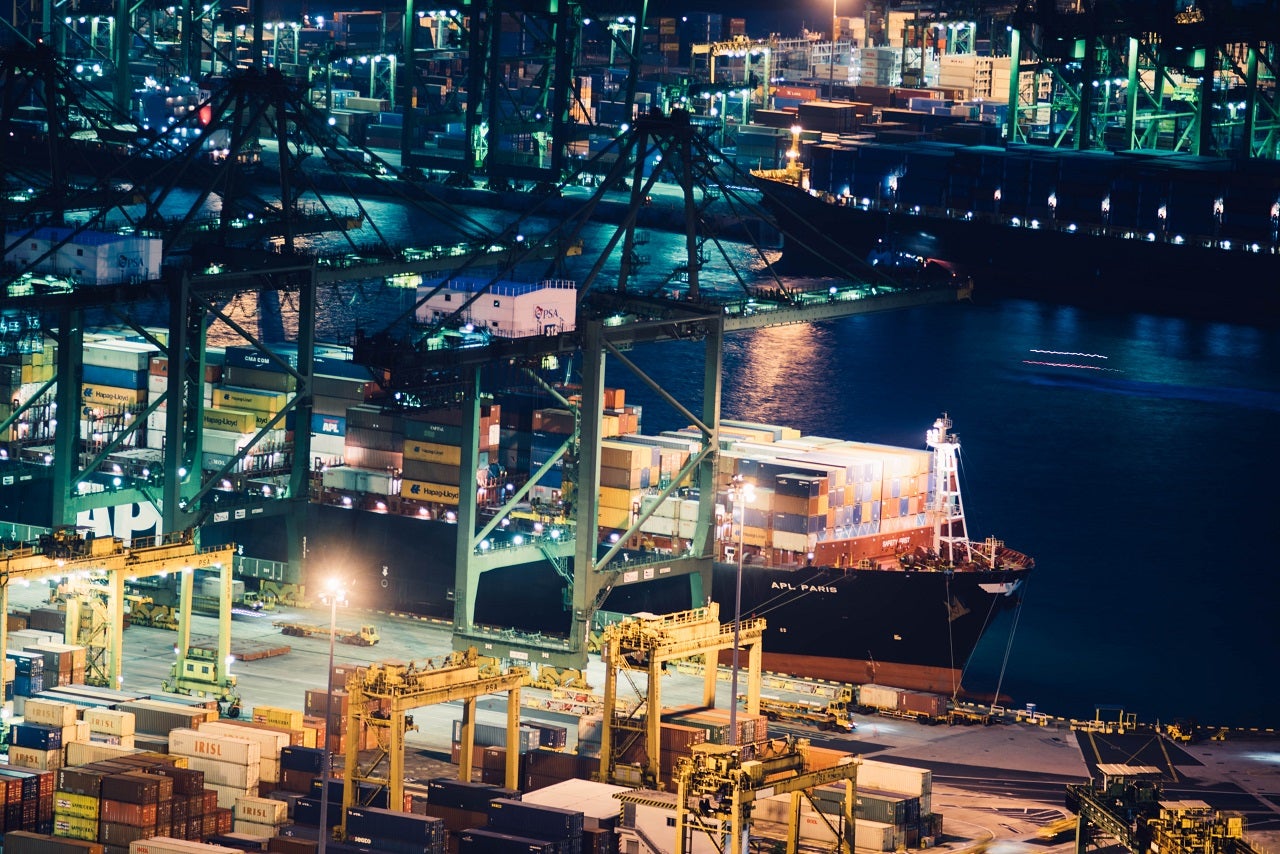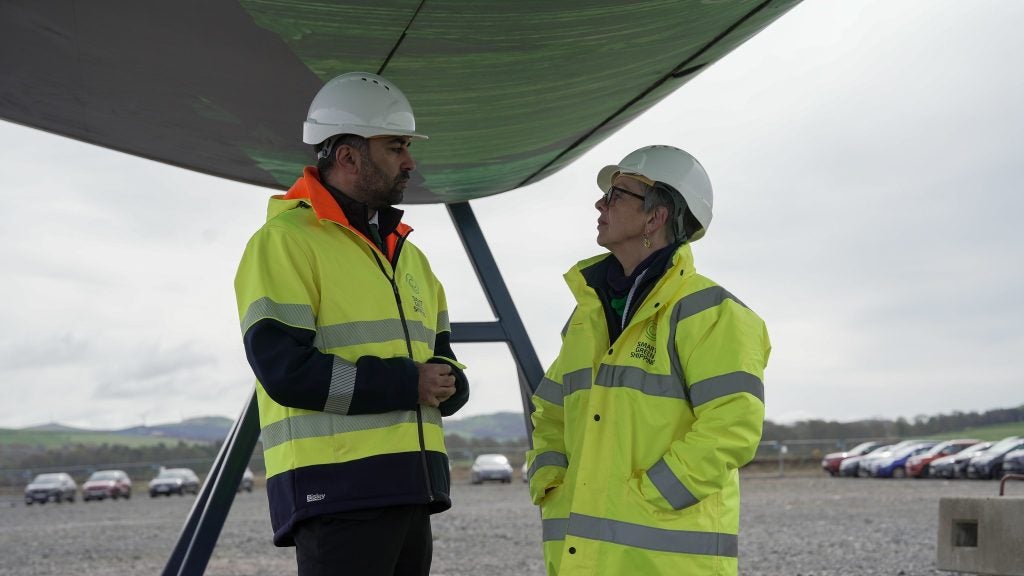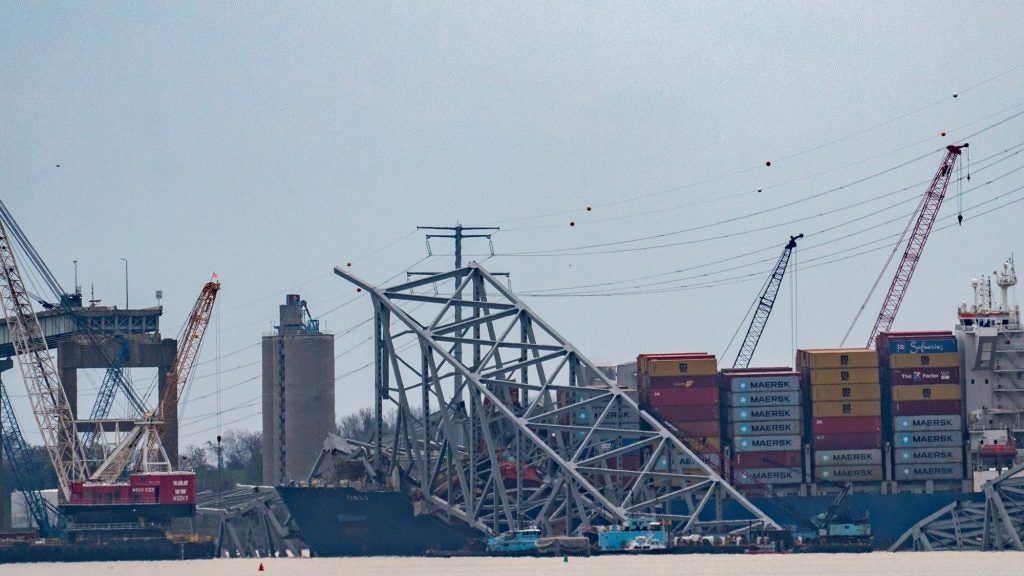
The Government of India has proposed to undertake maintenance works and channel deepening at key ports under the public-private-partnership (PPP) model.
The Indian Ministry of Ports, Shipping and Waterways has decided to increase the depth by 2m-3m to a total of 17m, enabling the ports to handle container ships with a higher capacity.
The increased depth will reduce the cost of transportation as the cargo movement in case of bulk cargo handling will be shifted from Panamax to Capesize ships.
To ensure private funding, the major port trusts may choose the PPP model for channel deepening works.
The draft dredging guidelines prepared by the Ministry stated: “A PPP model may be worked out for dredging projects with the hybrid model of combining the capital dredging with maintenance dredging for 10-20 years.
“The revenue share between major ports and PPP operator may be the bidding parameter for floating the PPP projects. The existing PPP operators of the berth may share proportionate cost based on the volume of cargo handled, along with the berths operated by the major ports themselves.”
How well do you really know your competitors?
Access the most comprehensive Company Profiles on the market, powered by GlobalData. Save hours of research. Gain competitive edge.

Thank you!
Your download email will arrive shortly
Not ready to buy yet? Download a free sample
We are confident about the unique quality of our Company Profiles. However, we want you to make the most beneficial decision for your business, so we offer a free sample that you can download by submitting the below form
By GlobalDataIn the next few years, substantial capital dredging is required at major ports, which will enable them to handle container vessels of 20,000 twenty-foot equivalent unit (TEU) capacity and bulk cargo-carrying Capesize ships.
The Ministry also highlighted that with limited investment from the major ports, the PPP model can become a ‘potential option’.
Requiring very little operational burden with the port authority, the PPP model will ensure that dredging is adopted as a ‘service requirement’ for the port.
However, the dredging industry has expressed its concerns in connection with the proposed plan.
A dredging industry executive said: “PPP in dredging will be very difficult. Dredging is full of uncertainties. PPP is good for projects where certainty is there.
“As per the plan, the revenue for the PPP dredging operator will depend on the increase in traffic and linking it to traffic will bring in more uncertainty. A dredging contractor will put his money today and carry out the work, but he is not sure how and what he will be paid. Suppose, the contract is for 20 years and for the first ten years there is no return, what will he do if there is no incremental traffic coming?”
He also added that the development of an intricate traffic structure by major ports for diverse berth operators handling different categories of cargo could be risky.
Stipulating measurable performance indicators also added an element of risk to the PPP model.







